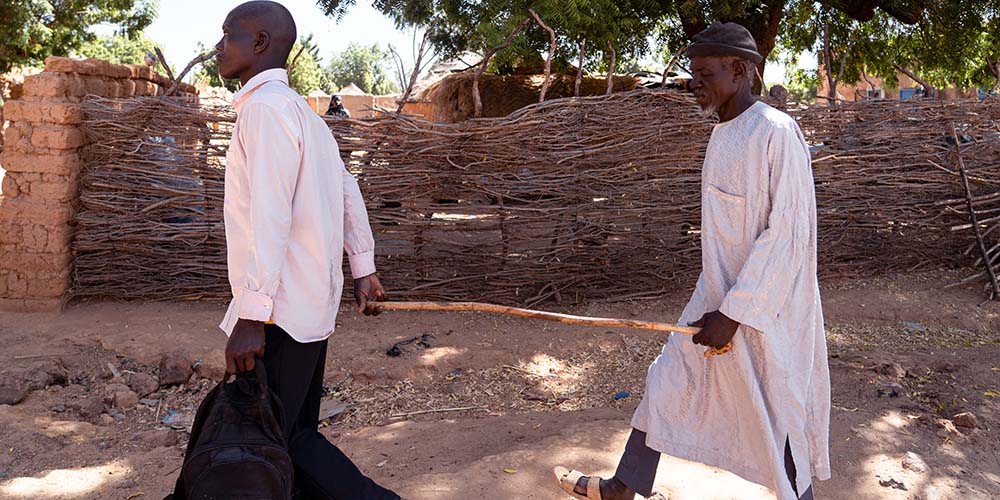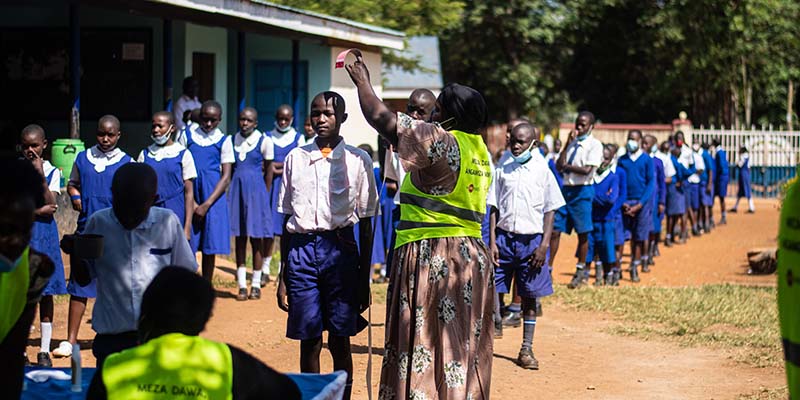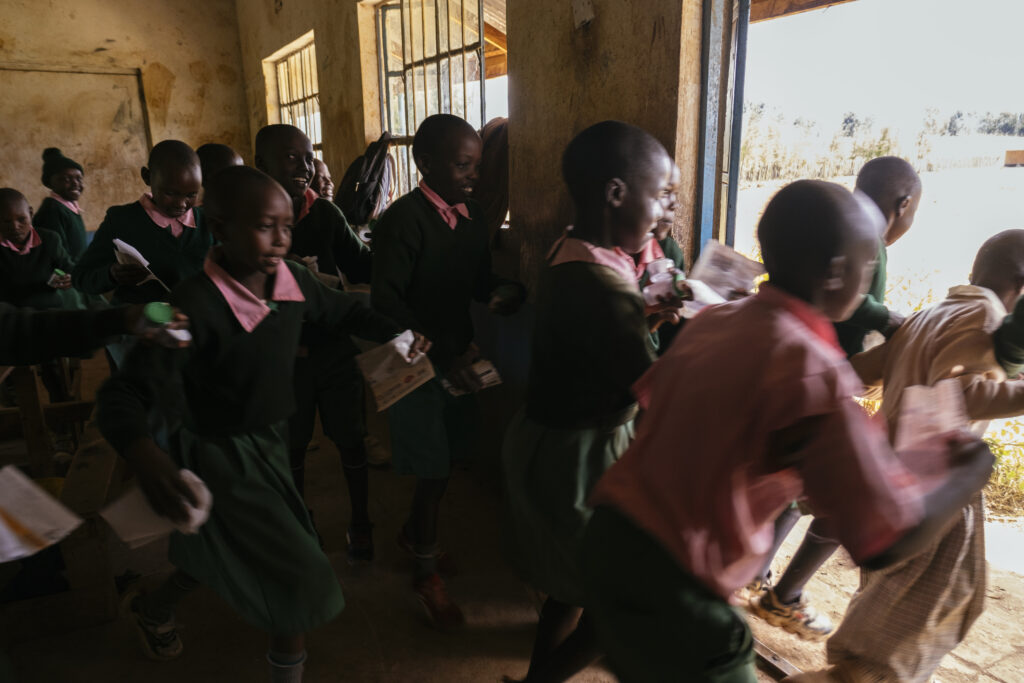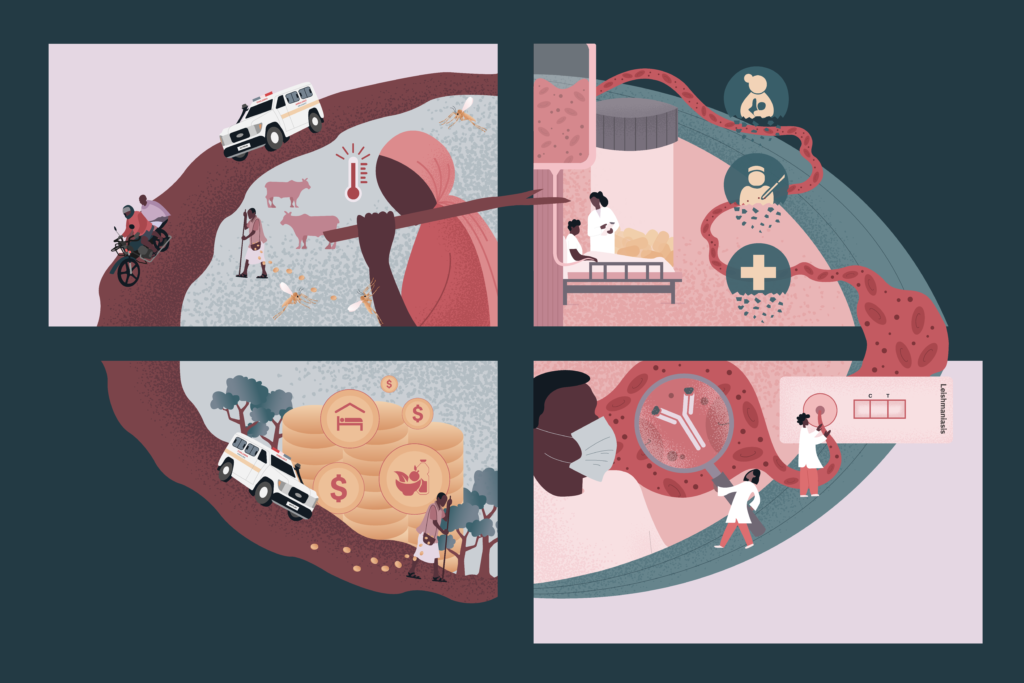2021 is coming to a close and we would like to take a minute to reflect on some of the incredible progress seen in the last year. While COVID-19 continued to take a devastating toll around the world, we also saw areas of hope for a brighter future.
Here are our top stories from 2021 that made us optimistic for 2022.
1. The year started off with the launch of a new World Health Organization (WHO) roadmap which proposes ambitious targets and innovative approaches to tackle neglected tropical diseases (NTDs) in the next decade. The roadmap aims to accelerate programmatic action and renew momentum to achieve a 90% reduction in the need for NTD treatments by 2030.
2. Niger announced that it is has eliminated river blindness, and is now awaiting official WHO validation that will occur in 2022. River blindness is a parasitic disease that causes skin deformation and irreversible blindness, if left untreated. The progress so far has prevented 600,000 people from going blind in West Africa and added 2.3 billion dollars to Niger’s GDP, specifically. This achievement comes after decades of work and provides a blueprint for other countries looking to eliminate this disease.

3. The first ever vaccine for Malaria was approved in 2021. While the vaccine is not a silver bullet to eradicating the disease, some estimates say that this intervention could prevent more than 23,000 deaths in children from the disease each year. Many areas are co-endemic with malaria and NTDs, we look forward to continuing our partnership with the malaria community to help reduce the burden of these diseases in the coming years.
4. The prevalence of schistosomiasis has reduced by an astounding 60 percent over the last two decades, according to a study released this year. In those two decades, countries have scaled their treatment of the parasitic disease which causes stunted growth and absenteeism in children. Long-term studies show that when children receive preventative treatment they miss less school, complete more years of schooling and ultimately earn more income later in life. This progress is so encouraging and now the END Fund is looking to take it one step further by eliminating the transmission of the disease altogether. Learn more!

5. We cannot have a list of public health successes without mentioning the incredible story of COVID-19 vaccine distribution. More than 8.2 billion doses of vaccine have been administered, according to the World Health Organization. In an astonishingly short period of time, the WHO has certified 8 vaccines as safe and effective against COVID-19. However this success has not happened equitably throughout the world. The development and distribution of vaccines in such a short time shows us the potential for fast innovations against diseases, but we also need measures in place that will ensure broader access to these gains. In Africa, where the END Fund primarily works, less than 12 percent of the population has received just one dose of vaccine, according to the WHO. If we are to build a better future, we must ensure that we can do it equitably.
And last, we couldn’t let you go without showing what an incredible year we had at the END Fund. It takes months for us to do the accounting and officially report how many treatments we supported throughout 2021. But as of this moment, we estimate that with our partners we helped treat more than 114 million people to prevent neglected tropical diseases. This aligns with our aspiration of ensuring that 500 million less people (roughly 33 percent of the global burden) will require treatment for neglected tropical diseases by 2030.

If you would like to help us keep this momentum in 2022, please consider making a donation this year.



